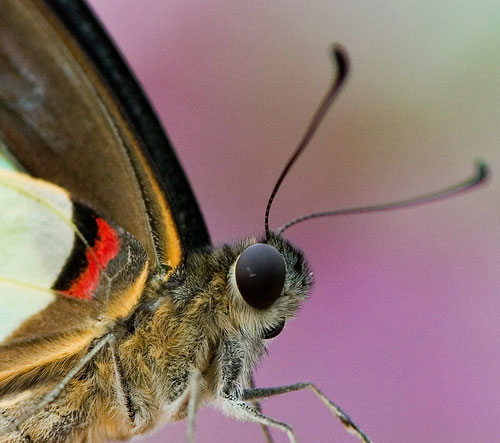ARBICO Organics Gardening Supplies & Biological Pest Control
ARBICO Organics offers a wide variety of organic gardening supplies and natural pest control solutions for home, business, garden and farm
www.arbico-organics.com








































